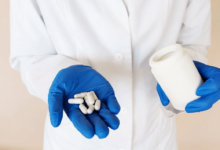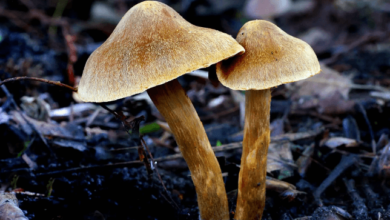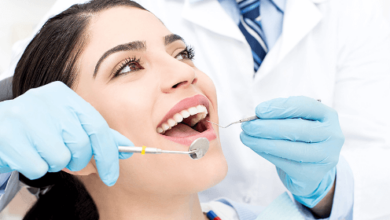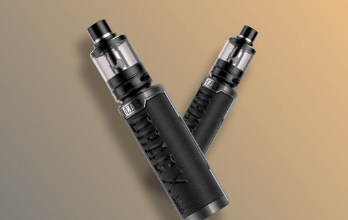What Every Microdosing Beginner Ought to Know
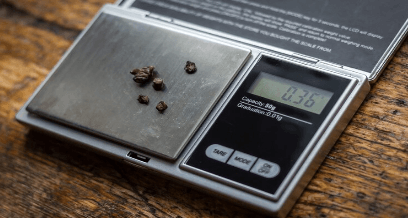
While you look for ways to feel good, be happier, and get more from existence, you may want to investigate microdosing as a means to achieve these desired results. There is already a lot of positive material available online to encourage the use of microdosing. However, there are several reasons to be careful, as research efforts on the impacts of microdosing are still ongoing.
- What is microdosing?
Microdosing is a relatively new phenomenon in which very tiny dosages of specific psychedelics hallucinogenic drugs or other substances are administered. Notably, this is a shallow dose of the psychedelic, insufficient to cause “tripping” or the hallucinations commonly associated with these substances. Microdosing seldom results in changes in awareness or feelings. A modern interpretation of a microdose is a drug dosage that is 1 percent of the active dosage. Nevertheless, the more often used word for microdosing — a minuscule fraction of a “normal dosage” — is somewhat ambiguous because it does not specify a numerical amount. As a result, the widely embraced definition is a tiny amount that does not result in intoxication or a noticeable change in awareness. Anecdotal data shows that people start with a small dose and subsequently take it on a regular or semi-regular basis for a lengthy period. The length of usage varies depending on the individual.
- What are the substances that individuals microdose?
Lysergic acid diethylamide (LSD) and psilocybin mushrooms (magic mushrooms) are two of the most common psychedelics for microdosing available at outlets such as Chemical Collective. People may also use other psychedelics, like, N-dimethyltryptamine (DMT) or perhaps the cactus peyote, to microdose; however, these appear to be less common and may be more challenging to get. Folks microdose on other substances, including ketamine, cannabis, methylenedioxyamphetamine (MDMA), methylphenidate (Ritalin), nicotine, and iboga. However, traditional hallucinogens like LSD and psilocybin seem to be the most popular and well-studied alternatives.
- Microdosing process
- Get the substance: Authorized microdosing supplements are available online in some stores.
- Take your first dosage: Take the initial microdose in the morning during a day with no urgent responsibilities and no minors present — 1/10 to 1/20 of a typical dose, or around 10 to 20 micrograms.
- Keep track: Take a seat and study the experience. The individual should consider whether it corresponds to their initial objectives. Keep a daily record to note the impacts. It should be noted that the length of each microdosing event will vary based on the drug utilized.
- Make adjustments (if required): The optimal dose is if the first attempt produces the intended outcome. If otherwise, you should make the necessary adjustments.
- Continue using it regularly: Adopt the “one day on, two days off” method to begin a routine and maintain it for up to ten weeks. That will assist you in avoiding developing a tolerance. Developing a tolerance may lead to a decline in the planned outcomes.
- What merits does microdosing have?
Only a few research studies have directly examined the impact of microdosing. Furthermore, specialists know nothing about the protracted effects of microdosing. There is not currently sufficient solid data, including comparison trials employing placebos, to support microdosing. However, users claim various advantages, most of which are related to mental wellness. These advantages include:
- Increased attention, concentration, and awareness.
- Increased energy, alertness, and excitement.
- Cognitive advantages like improved problem-solving.
- Social advantages.
- Anxiety reduction.
- Symptoms such as stress getting lessened.
- Improved mood, cheerfulness, and enjoyment of life.
- Better body performance.
- Improvements in self-efficacy include increased ambition, productivity, and drive.
People also mentioned the capacity to adjust the dosage of the microdosing products they acquire from an outlet like Chemical Collective and the overall lack of adverse reactions as advantages and pleasures of microdosing.
Conclusion
Despite the attention paid to microdosing and its prominence, it is simply too early to determine the actual impact. There is a lot of indication that new research studies will reveal more knowledge. Furthermore, microdosing isn’t for everybody, and people suffering from mental illnesses or symptoms should not use it as a substitute for any treatment.




